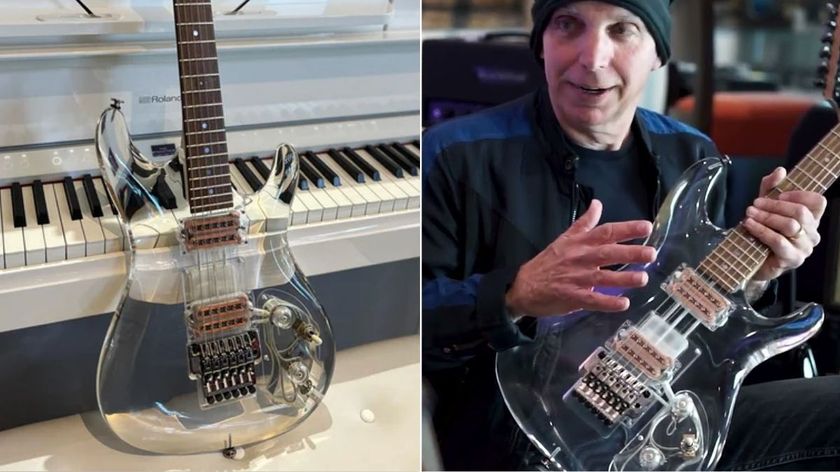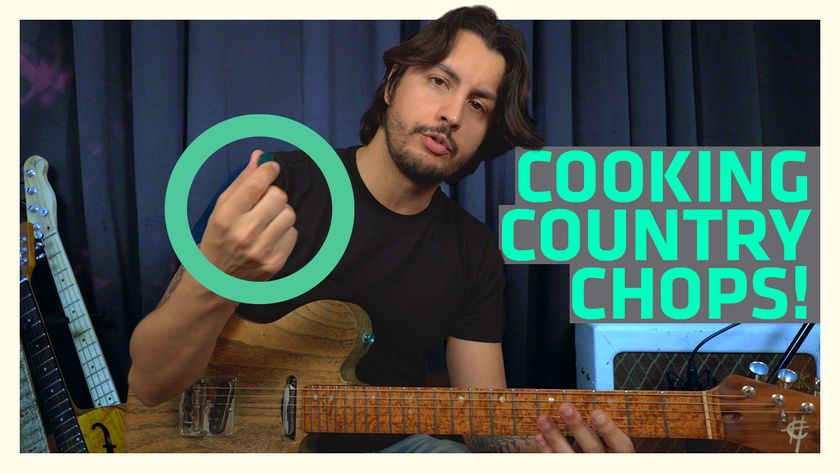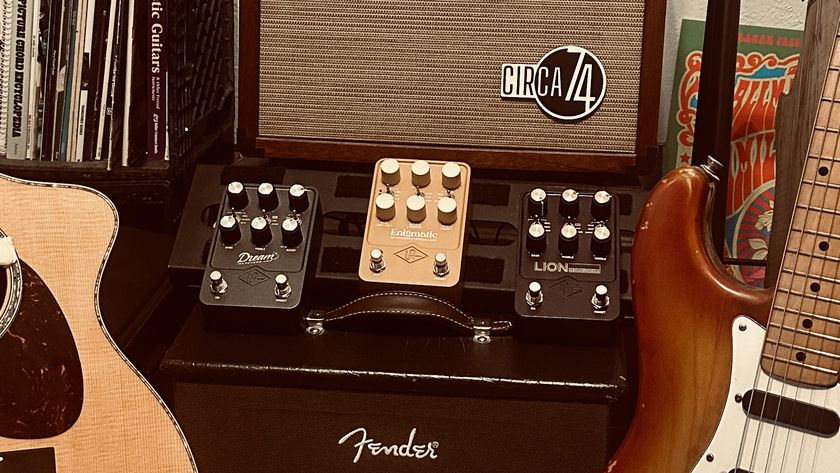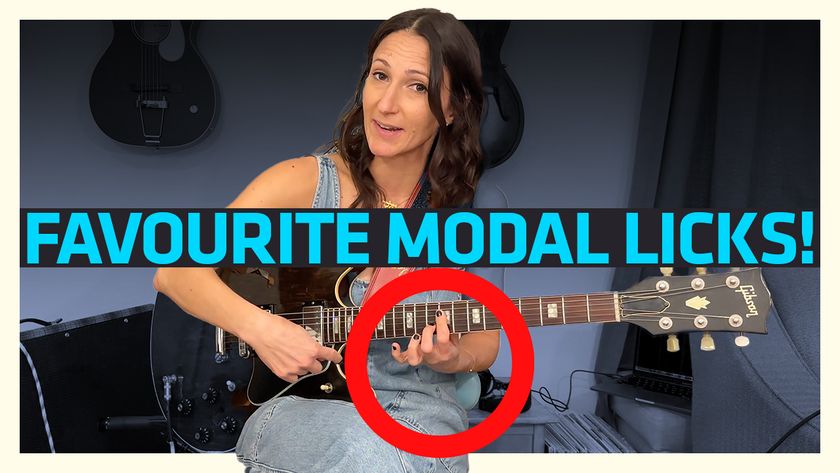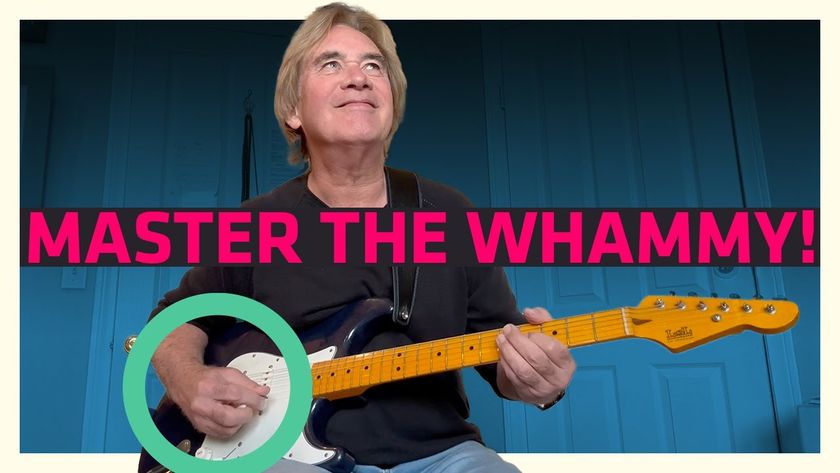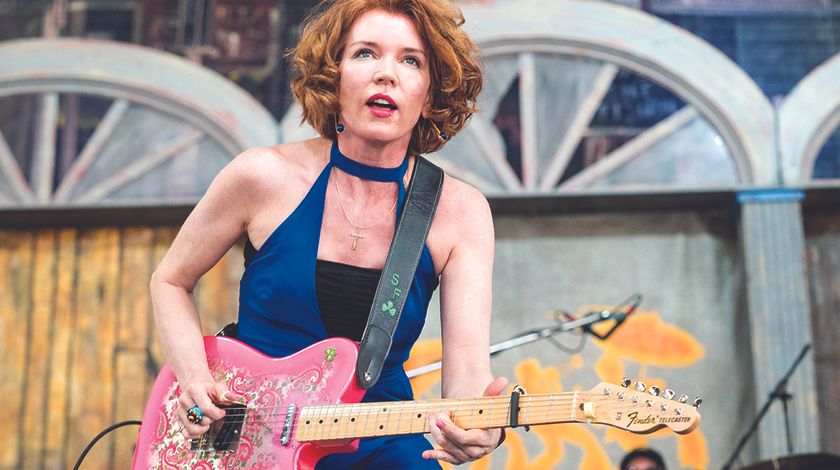Learn Jump Blues in the Style of Brian Setzer, Hollywood Fats and Jeff Beck
Three great jump blues practitioners that epitomize the signature techniques of their individual styles.
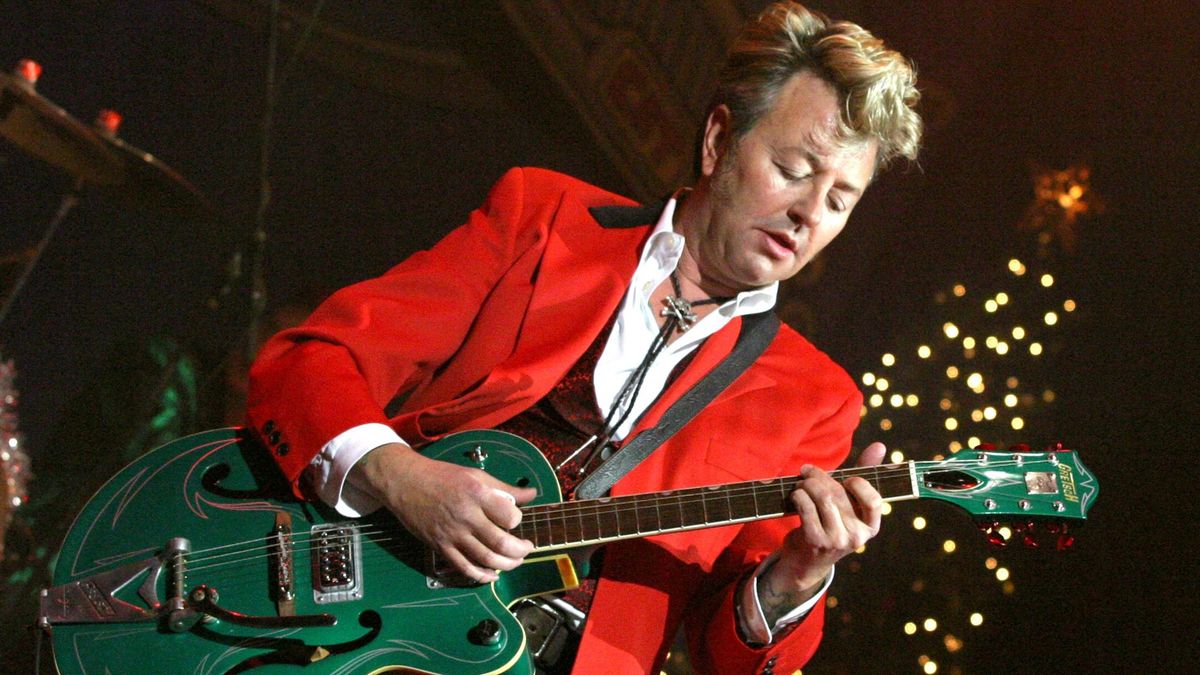
Jump blues has a strong backbeat groove that makes it closer to rock and roll than blues. Note and chord choices can range from simple “box”-pattern licks and stock dominant-seventh and -ninth chord “grips” to sophisticated melodic lines and jazzy voicings. But to sound authentic, it’s essential that you control your swing and even, or “straight,” eighth-note phrasing at swift tempos.
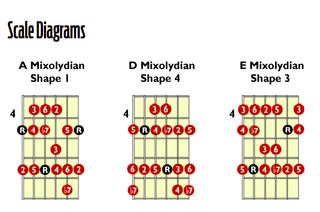
Technique Focus: Scale choices
Many jump blues guitarists also play jazz and are often inclined to approach blues changes with a wider range of harmonic tools. You’ll need to ensure that you can switch effortlessly between parallel major and minor pentatonic scales (built from the same root note), ideally both in shape 1.
This will enable you to better acknowledge the tonality of the IV chord of the blues and play phrases across the changes and bar lines. You should also experiment with the minor-six pentatonic and the corresponding Mixolydian modes for the I, IV and V chords. Also, don’t forget the importance of outlining chord tones with arpeggios, as this too is a very effective melody-building approach.
Brian Setzer
Famed for his early 1980s work with the Stray Cats, Brian Setzer is among the most popular modern-day practitioners of jump blues guitar. During the early ’90s swing revival, he formed the Brian Setzer Orchestra, highlighting his skills as a swing and jump blues guitarist extraordinaire.
Setzer’s style is a tantalizing mix of be-bop licks and rock and roll swagger, punctuated by chord dips and wobbles, courtesy of his trademark Gretsch’s Bigsby tremolo bar, techniques that are demonstrated in Ex. 1, which is played over a jazzy blues progression in the key of C with an extended turnaround tag and ending.
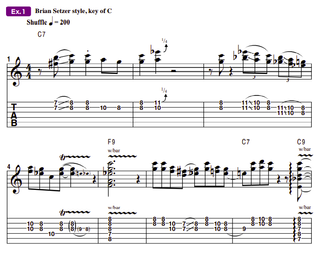
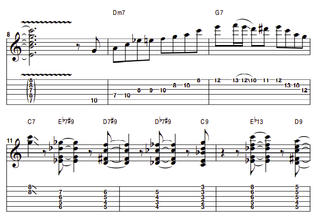
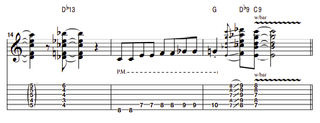
Notice how the double-stop lick over the F9 continues through the chord change into bar 7, where the Eb returns to E natural, reflecting the return to the tonic chord, C7. In bars 9 and 10, begin the ascending single-note line in 8th position, reaching back to the 7th fret with your first finger, then shift up to 10th position when you get to the high E string by moving your third finger to the 12th fret at the start of bar 10.
These are great licks to incorporate into your own vocabulary and would excite any blues or rock and roll solo.
Hollywood Fats
Hollywood Fats worked as a sideman with blues legends such as John Lee Hooker, Muddy Waters, Albert King and Jimmy Witherspoon. He released only one self-titled studio album with his group, the Hollywood Fats Band, before his career was cut tragically short by a heroin overdose at the age of 32.
Fats made the old-school style sound new and exciting, and his timing was impeccable. Single-note lines would often be punctuated with jazzy chord stabs or interspersed with boogie-woogie style riffs, as in Ex. 2, which is in the key of F.
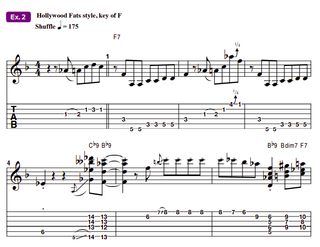
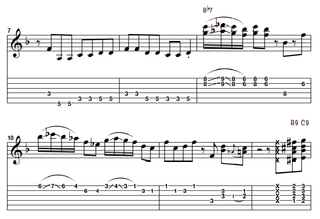
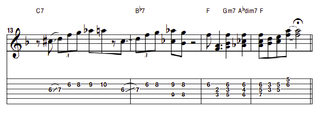
Here, carefully controlled fingering is required to shift seamlessly between upper-register solo licks and the low boogie riffs in bars 1, 3, 7 and 8. Shifting to 3rd position after the opening pick-up lick to finger the low A note avoids the use of the open string and keeps the F boogie riff tight and controlled.
The use of a double chromatic approach to the tonic major third, A, in bar 13 (G - Ab - A) highlights the 13th of the V chord, C7. This is followed by an “answer” phrase that reverses the melodic contour on the last two notes and features the use of sixth intervals.
Finally, notice the smooth voice-leading in the three final chords, with the high F note serving as a common tone.
Jeff Beck
The only non-American player in our lineup, Jeff Beck was a true innovator of electric guitar during the ’60s and ’70s. Listening to his work from this period, you could be forgiven for thinking he ignored the players that came before him, but like all great pioneering musicians, he’s steeped in the history of his instrument. His 1993 album, Crazy Legs, featured a collection of Gene Vincent songs as a tribute to Vincent’s own brilliant guitarist, Cliff Gallup of the Blue Caps, who is one of Beck’s biggest influences.
While these days Beck would eschew the pick and play with fingers only, Ex. 3, which is in the key of E, can be played either fingerstyle, using hybrid picking (pick-and-fingers technique), or simply with an accurately aimed plectrum. The choice is yours.

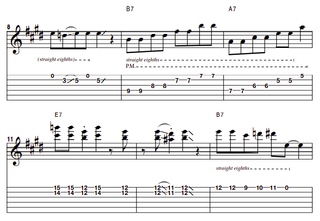

Where phrases are based on open chords (E7 in bars 1–4 and A7 in bar 5), hold down the shape to allow the notes to ring together. The flashy sequence of descending double pull-offs to open strings in the ending lick in bar 15 is not intended to reflect specific harmony, but rather to build melodic and rhythmic tension and excitement before the concluding tonic chord. This approach was commonly used by rockabilly, jump blues and rock roll players of the ’50s in solos and endings alike.
We hope this lesson has given you some insight into the techniques, stylistic elements and note and chord choices associated with the jump blues guitar style. Be sure to check out the catalogs of our featured guitarists (as well as Clarence “Gatemouth” Brown, Duke Robillard and Ronnie Earl) for great examples of their unique approaches to jump blues.
Get The Pick Newsletter
All the latest guitar news, interviews, lessons, reviews, deals and more, direct to your inbox!

"It’s like you’re making a statement. And you never know where it’ll lead." Pete Thorn shares the tip that convinced Joe Satriani he was the right guitarist for the SatchVai Band
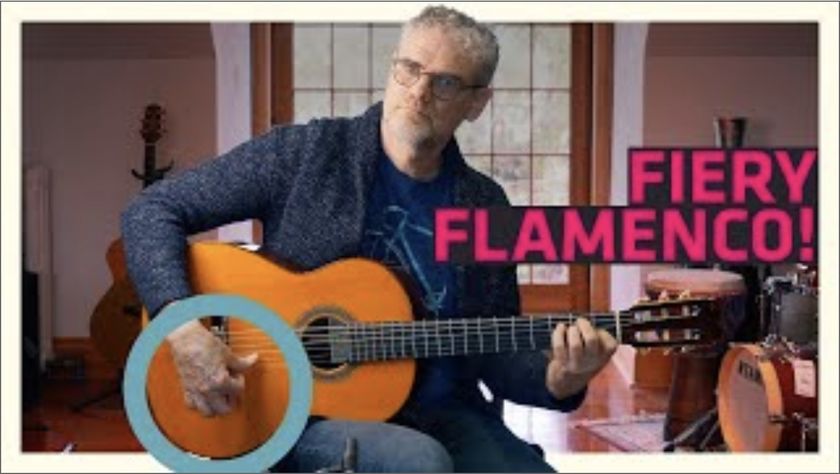
"This is something you could actually improvise with!" Add vibrant rhythms and sophisticated chords to your guitar playing with Jesse Cook’s five essential flamenco techniques
